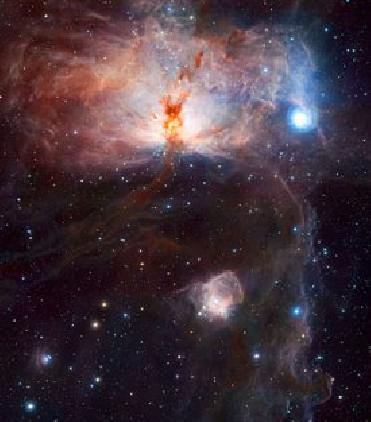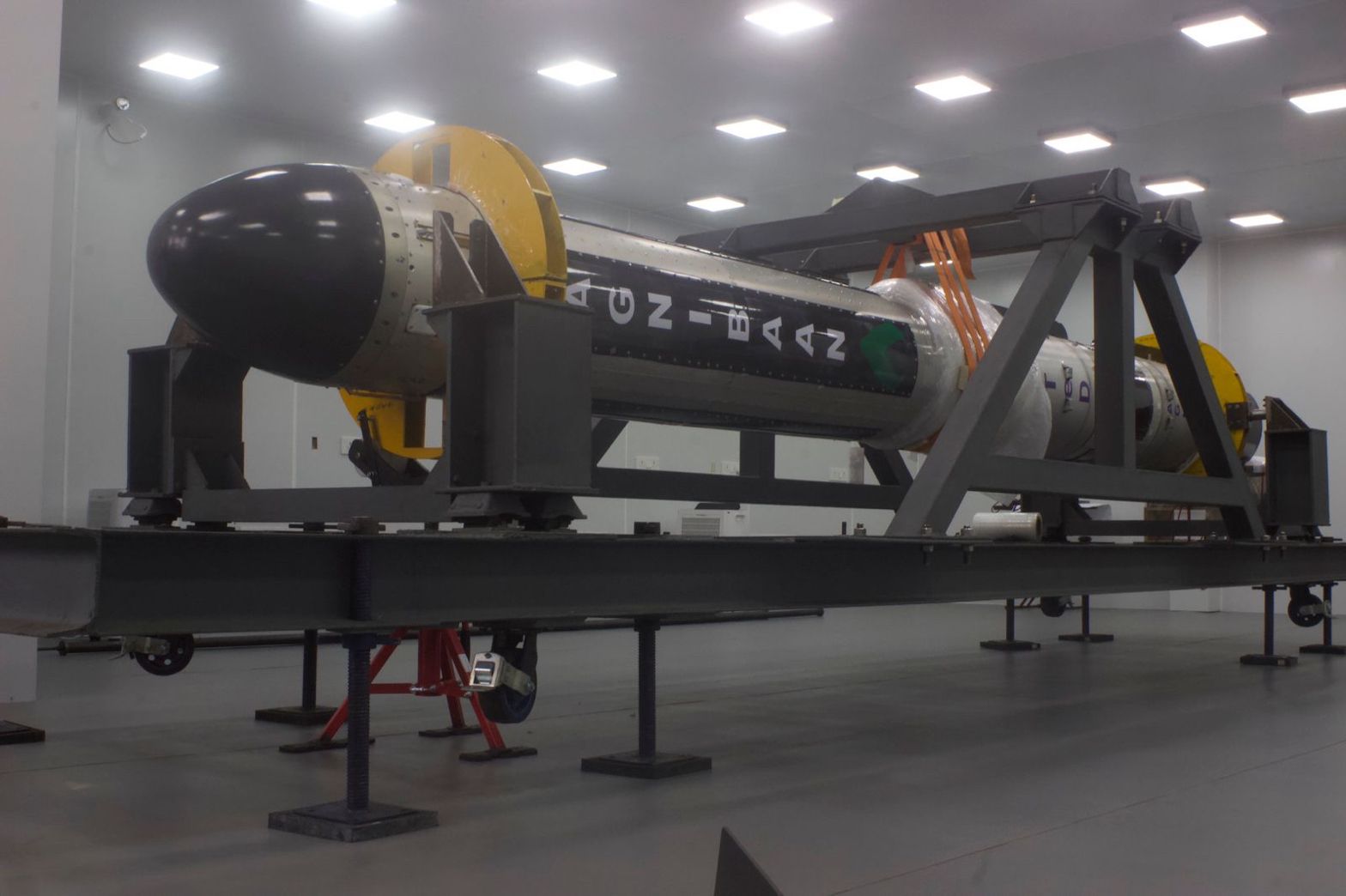
This image, the first to be released publicly from VISTA, the world’s largest survey telescope, shows the spectacular star-forming region known as the Flame Nebula, or NGC 2024, in the constellation of Orion (the Hunter) and its surroundings. Image Credit: ESO/J. Emerson/VISTA. Acknowledgment: Cambridge Astronomical Survey Unit
PARIS (BNS): European Southern Observatory's Visible and Infrared Survey Telescope for Astronomy (VISTA), designed to survey the sky, has captured splendid cosmic images.
The four-meter class wide-field telescope located at the Paranal Observatory in Chile has been built by a consortium of 18 British universities.
The first image taken by the telescope is that of the Flame nebula – a spectacular star-forming cloud of gas and dust in the constellation of Orion (the Hunter) and its surroundings.
In visible light, the core of the object is hidden behind thick clouds of dust, but the VISTA image, taken at infrared wavelengths, penetrates the murk and reveals the cluster of hot young stars hidden within.
The wide field of view of the telescope’s camera also captures the glow of nebula NGC 2023 and the ghostly form of the famous Horsehead nebula, ESO said.
In the second image, VISTA has zoomed in on our home galaxy's centre in the constellation of Sagittarius (the Archer). The telescope's infrared wavelengths have enabled it to peer through the thick dust clouds and capture myriad of stars – about a million.
The third image is a family photograph of a cluster of galaxies in the constellation of Fornax (the Chemical Furnace) located far away from the Milky Way.
VISTA will spend the rest of its life surveying the southern sky in a systemic manner, which will enable astronomers understand our Universe and its various facets in greater detail.
 Previous Article
Previous Article Next Article
Next Article













The Indian Air Force, in its flight trials evaluation report submitted before the Defence Ministry l..
view articleAn insight into the Medium Multi-Role Combat Aircraft competition...
view articleSky enthusiasts can now spot the International Space Station (ISS) commanded by Indian-American astr..
view article